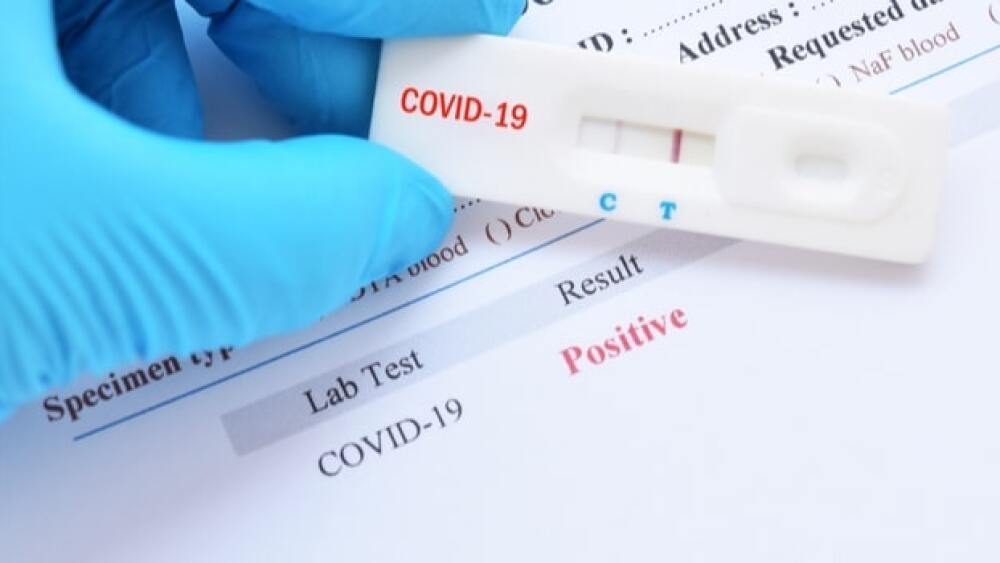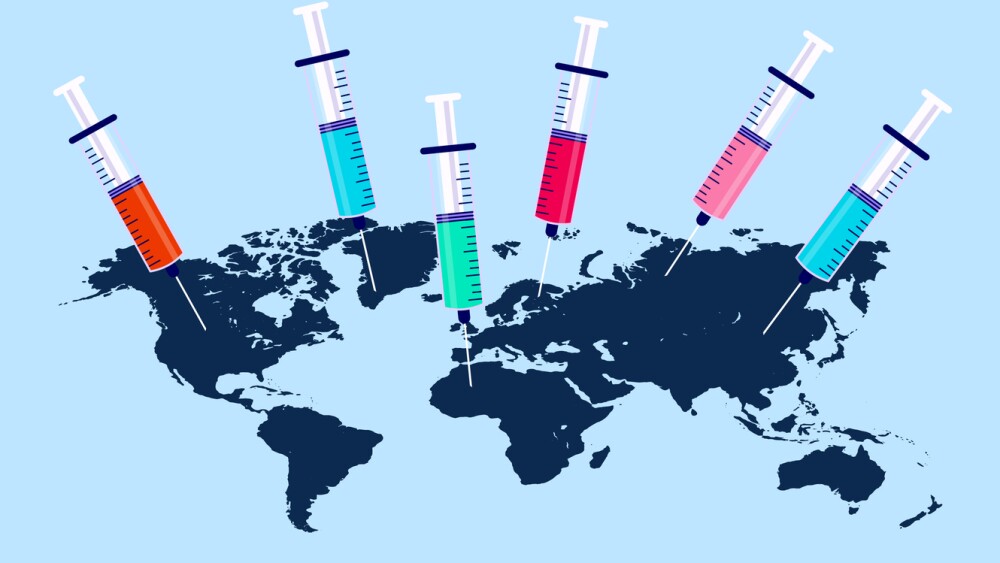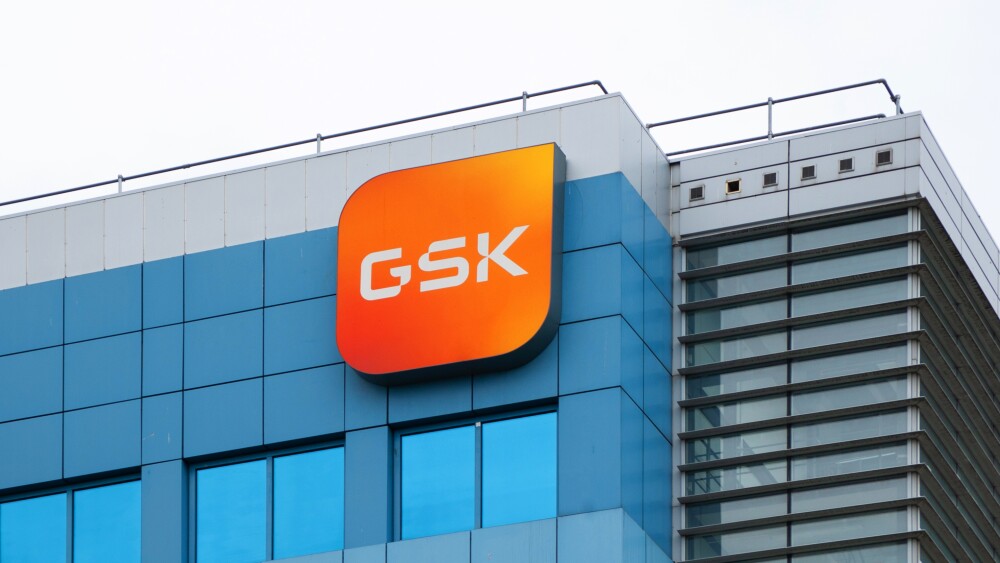While COVID-19 tests have been crucial in identifying and tracking cases of infection and disease-related morbidity and mortality, they aren’t without their potential drawbacks.
The coronavirus disease 2019 (COVID-19) pandemic has placed the world in a tailspin, which the healthcare industry has responded to in kind with the development and rapid deployment of tests designed to detect infection. Many of these tests help clinicians and researchers accurately identify severe acute respiratory syndrome coronavirus 2 (SARS-CoV-2), the virus responsible for COVID-19.
And while these tests have been crucial in identifying and tracking cases of infection and disease-related morbidity and mortality, they aren’t without their potential drawbacks.
Types of COVID-19 Tests
Several new methods have been developed to diagnose COVID-19, many of which have their own alternative methods of administration and unique benefits:
- Rapid, point-of-care diagnostic tests: These tests, which can be classified as either antigen or molecular tests, rely on a mucus sample obtained from the throat or nose and is analyzed at a clinic or physician’s office. Results from these tests can often be available within minutes of analysis.
- At-home collection tests: Tests performed at home are only available by a doctor’s prescription. These tests allow the patient to self-collect a sample in their home and send it to a lab for analysis.
- Saliva tests: These tests rely on samples from patients who spit into a tube versus getting their throat or nose swabbed. For some people, saliva tests may be more comfortable and also safer, especially for frontline healthcare workers.
Diagnostic Tests: Molecular vs Antigen Tests
There are two main types of COVID-19 tests – diagnostic tests and antibody tests. Diagnostic tests include molecular tests, such as reverse transcription polymerase chain reaction (RT-PCR) and antigen tests.
Getting a test for COVID-19 can be challenging for some people, especially considering the rapid evolution on testing guidance on testing options. While each test features its own limitations, molecular tests are perhaps the most effective strategies available.
Below is an overview of these different tests, including what they can do to identify the disease and their limitations.
RT-PCR
The RT-PCR is the most common test that is frequently used to detect the virus’s genetic material in the body. Using this test, patients can know whether or not they have an active COVID-19 infection and can adjust their lifestyle accordingly (i.e., quarantine).
Pros
- Minimally invasive – performed using nasal swabs, throat swabs and tests of saliva or other bodily fluids
- Allows for social distancing – while some molecular tests, including RT-PCR, are sometimes conducted at a hospital or clinic, swabs can also be taken from the patient’s car or at home
- Fewer false negatives in some instances – deep nasal swabs will have fewer false negatives compared with other tests, such as throat swabs or saliva tests
Cons
- Long turnaround times – in some instances, RT-PCR tests can yield results in the same day or within one to two days, but test results taking up to one to two weeks have been reported during the pandemic
- False negatives – molecular tests have been shown to produce results that say the patient doesn’t have the virus when they actually do; the rates of false-positives have ranged from 2% to 37%
- Uncomfortable for some people – deep nasal swabs can be uncomfortable for some people, especially small children
Antigen Tests
Antigen tests, which are performed using a nasal or throat swab, help detect specific protein fragments residing on the surface of the virus. These tests feature a high false-negative rate, however, resulting in many clinicians ordering molecular testing for patients with negative antigen tests who display the classic signs and symptoms of COVID-19.
Pros
- Rapid results: The test uses technology similar to that used in a pregnancy test and yields results within minutes
Cons
- Performed at a hospital or clinic: At-home antigen tests are not widely available, so patients typically have to travel to a hospital or clinic to have this test performed
- High false-negative rate: Antigen tests produce higher false-negative rates than molecular RT-PCR tests, with some evidence suggesting rates as high as 50%
Antibody Tests
Antibody tests look for specific antibodies generated by the immune system in response to a virus, including SARS-CoV-2. Antibodies are proteins that the body produces to combat active invading viruses and active infections. This test is also known as a serological test, blood test and serology test and involves taking a sample with a finger stick or blood draw.
It can take several days or weeks to develop antibodies after viral exposure, but these proteins typically remain in the blood for several weeks after recovery. Therefore, antibody tests show whether a person has had an infection, making them not effective for diagnosing an active coronavirus infection. Likewise, there is not enough sufficient evidence to suggest that the presence of these antibodies determine that the immune system is protected from future exposure to a coronavirus.
FDA Works Overtime to Approve Diagnostic Tests for COVID-19
The FDA has been working with several diagnostic companies, including LabCorp Diagnostics, to grant Emergency Use Authorization (EUA) for COVID-19 diagnostic tests that provide rapid results. Additionally, the FDA has issued policy guidance that offers regulatory flexibility to laboratories and commercial manufacturers that perform high-complexity testing and create tests for the coronavirus.
More Testing Provides Greater Insight Into COVID-19
Worldwide deployment of effective COVID-19 tests is essential for gaining increased understanding about the spread of the virus, which could play a role in finding a way to stop it. Widescale adoption of antibody tests, while limiting in detecting an active infection, may also be helpful for determine whether recovered patients have long-term immunity from the virus.
“The more testing you do the clearer the picture is on who is infected and thus who needs to be isolated,” said senior lecturer in microbiology at University of Sussex, Dr. Edward Wright, in a previously published statement. “Singapore, South Korea, Germany – they seem to have had a better course of the pandemic so far than other countries who don’t have such a high testing capability.” He explained that high testing may help reduce travel restrictions much sooner and provide researchers with better insight into the disease. “It’s vital that testing, whether it’s PCR or antibodies, is ramped up as much as possible to provide clear evidence on what is happening and where we should be going,” he concluded.





